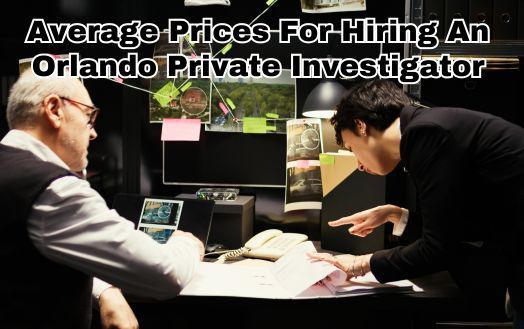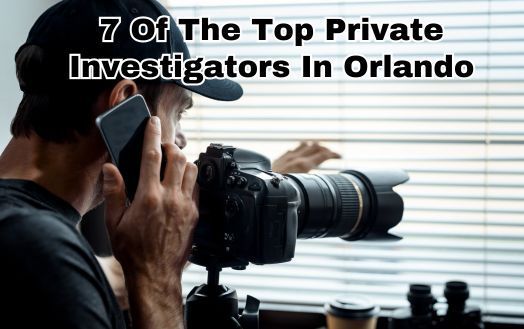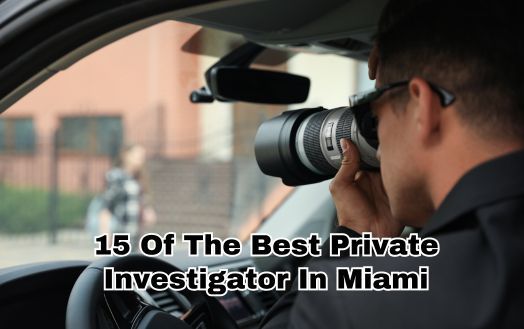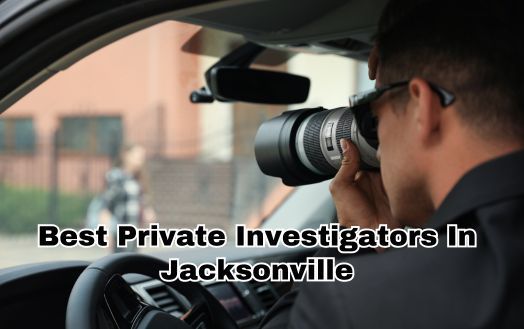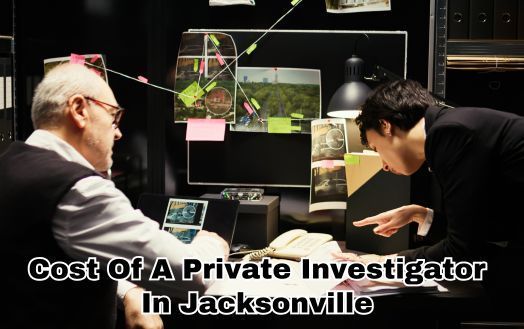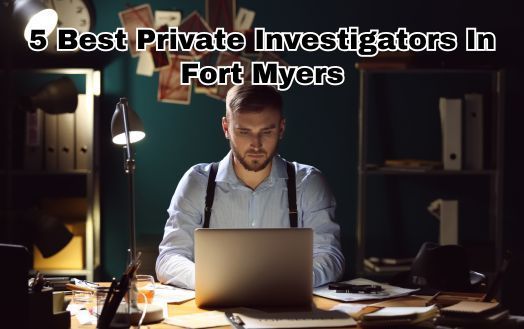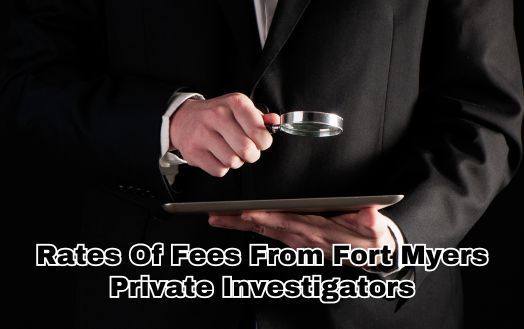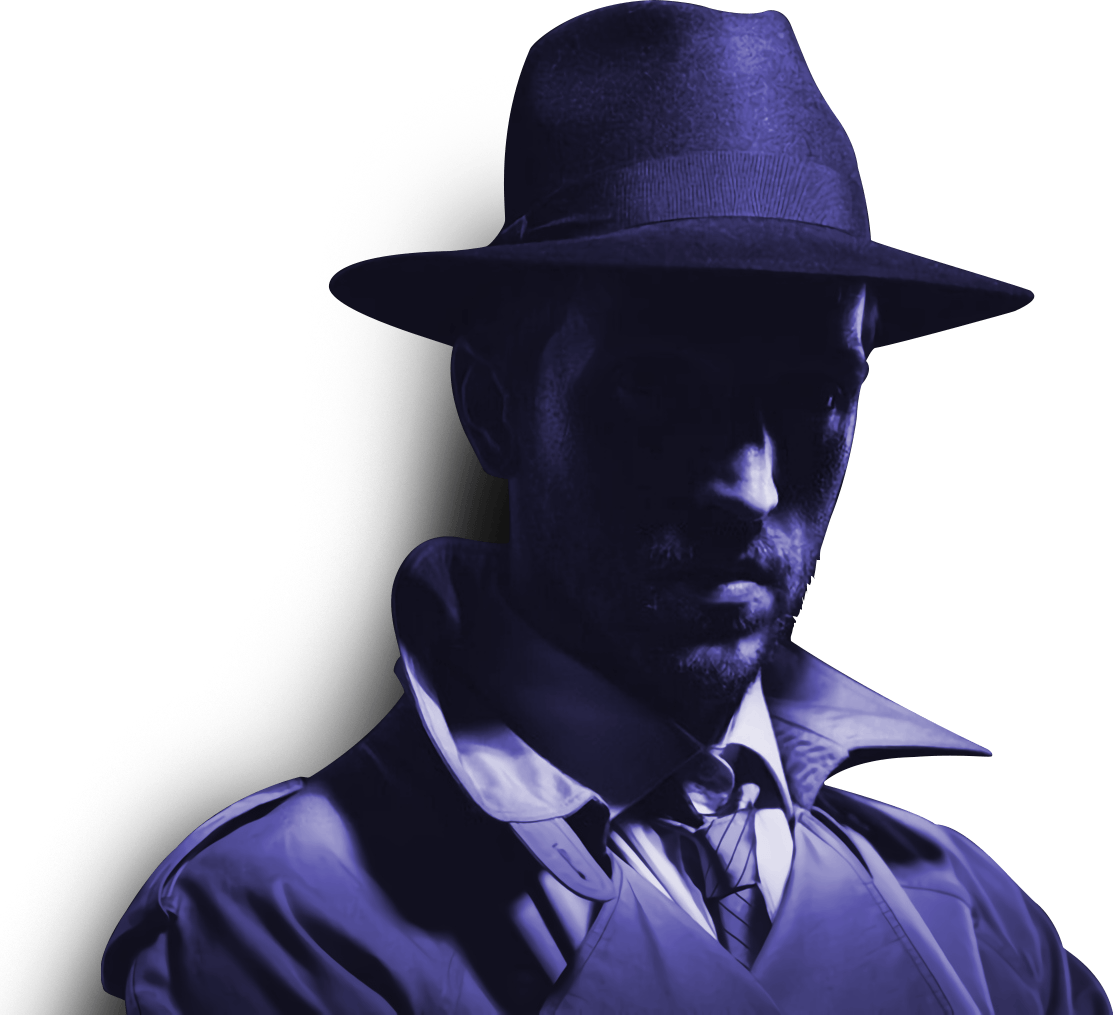How I Worked to Become the Best Private Investigator
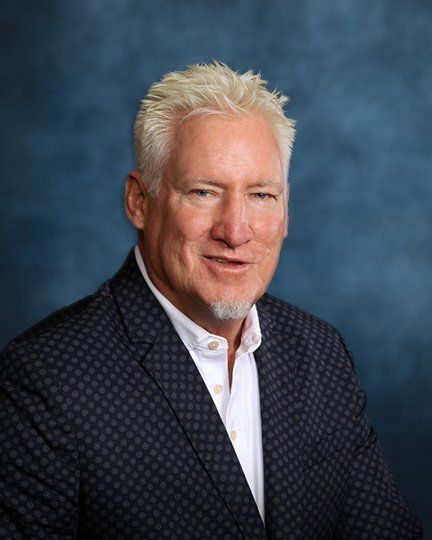
Anticipating The Right Place at the Right Time and Thinking Outside the Box
When I first started out in the world of private investigation, we had only one client. While it was a large client, and gave us plenty of work, my original business partner thought we should diversify, so I paid a visit to an insurance company known as USF&G one Monday morning. I met with two adjusters, Gerry and Iris.
“Well, we appreciate you coming by to say hello, but we’re happy with our current company – mostly,” Gerry said.
“Who am I competing with?” I asked. It was more of a salesperson’s question than a private investigator’s question, but when you run your own business, even if you are more a private eye than a salesperson, you have to ask your own questions.
“It’s a large firm, based in Jacksonville, who was shut down a couple of years later, and the owners arrested for allegedly falsifying accounting to manipulate their stock prices – but for now, none of that mattered.
“Could I see some of the files they’ve worked on – the ones you’re not satisfied with?” I asked. “Why?” Gerry asked.
“Practice – and to see if I can help you resolve some of them.” I replied.
“Here’s what I’ll do – I’ll work the files at no cost to you. If I obtain evidence you can use to settle the case, you pay the bill I would normally have charged.”
“Sure,” Gerry said. “Let me give you these two files to start with.”
“Great, thank you, Gerry. I’ll see what I can do,” I said.
The subject was a middle aged female who the insurance company thought was making false claims of being disabled. From reading the file, it looked as though the Jacksonville investigator originally hired to document her disability made a two-hour drive, one way, to work the file. The time entries in his report stated he left Jacksonville at eight in the morning, left the subject’s neighborhood at three in the afternoon, and arrived home at five o’clock. The company required investigators take a photograph of the property to verify they had worked the case, and were in the correct location.
I studied the photographs carefully – a good investigator always pays attention to details.
I noticed there was a clothesline full of clothes. The picture had been taken on a Tuesday.
“He’s arriving after she’s hung the clothes up, and leaves before she takes them down,” I
said to myself. “People are creatures of habit....”
I arrived at the subject’s house at six in the morning. Around seven, she exited the house,
carrying a ton of wet clothes, and hung them on the clothesline. I recorded everything, from the moment she exited the house to the moment when she walked back inside the house with the empty basket.
I left. I had half of what I needed. I returned at three that afternoon, and as I’d suspected, an hour later, the subject came out of the house, took the clothes off the line, and folded them. I now had the second half of what I needed, so I called Gerry.
“I’ve got some new evidence for you,” I said.
“Bring it down, and we’ll take a look,” he replied.
I took the video and pictures to Gerry and Iris. Gerry looked at the video, looked at me, and smiled. “You’re my new investigator,” he said.
“How did you figure it out?” Iris was curious. “How did the other investigator miss this?”
“He didn’t miss it – not quite.” I replied. “Time is money, and people are creatures of habit. He just wasn’t around when she brought the clothes out, or when she took them inside again. I was.”
Gerry looked at the dates on my pictures again. “So, because you were there at seven, and
again at three, you saw her bring the clothes out, and you saw her take them in again?”
“Yep,” I replied. “I was in the right place at the right time, and I paid attention. It paid off.” “It certainly did!” Gerry replied.
Gerry, Iris, and others at USF&G became clients and friends. Later, Saint Paul Companies acquired USF&G for $3.9 billion.


